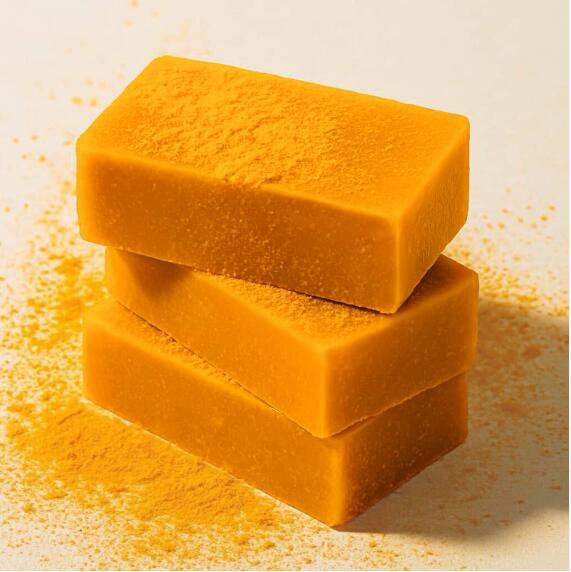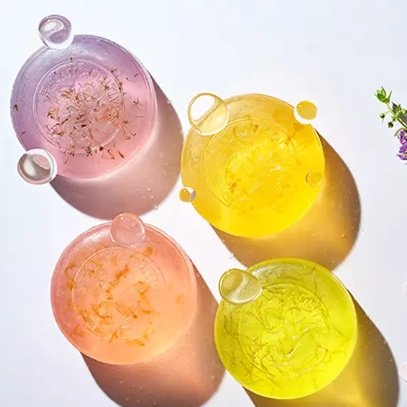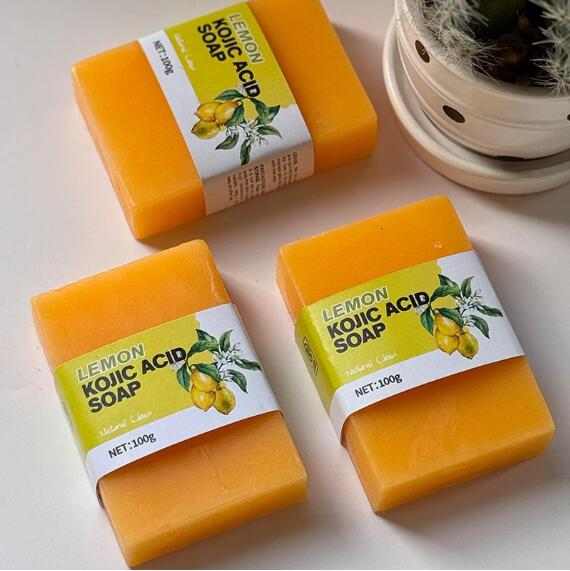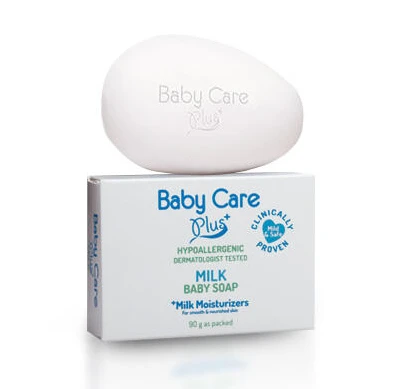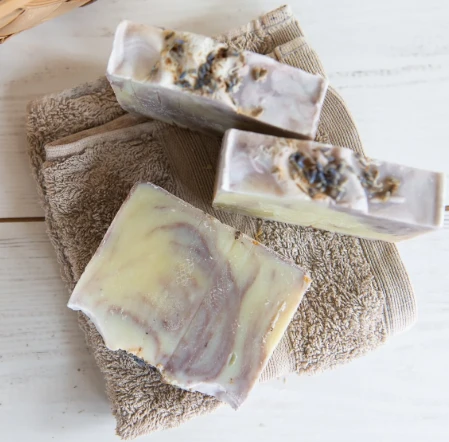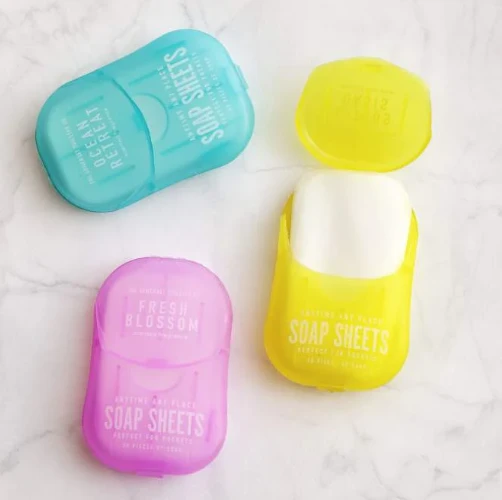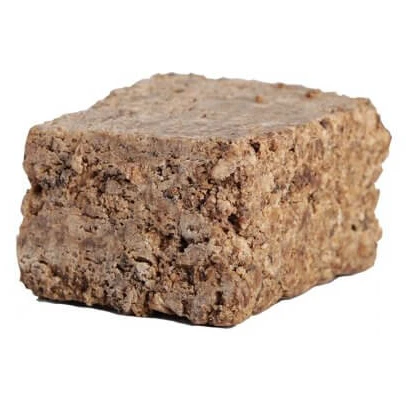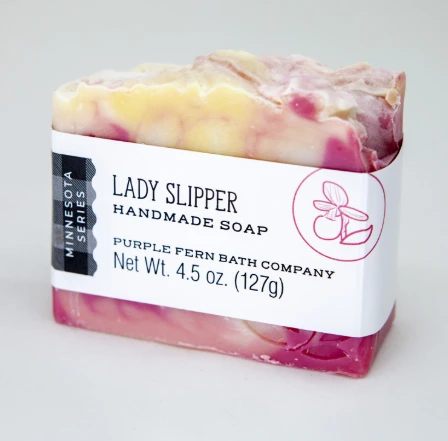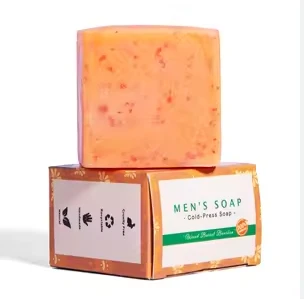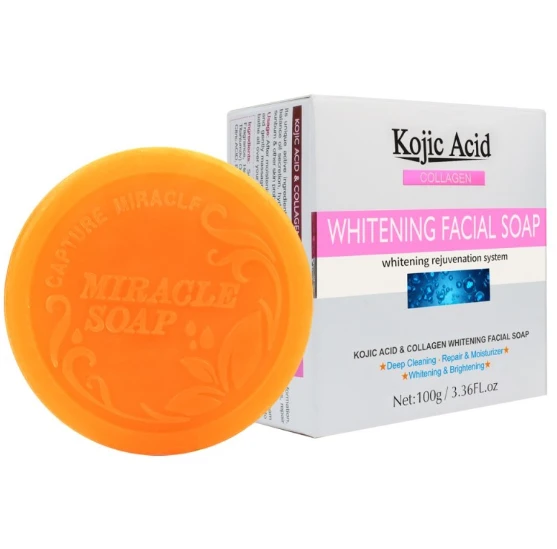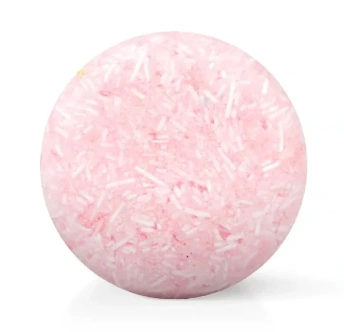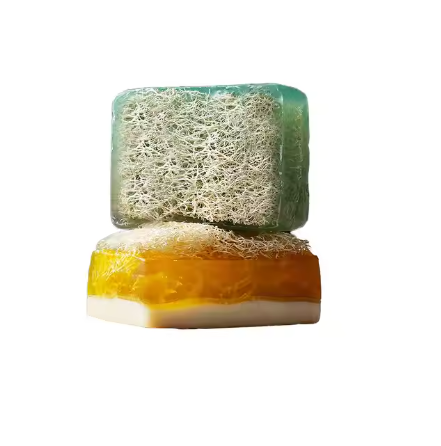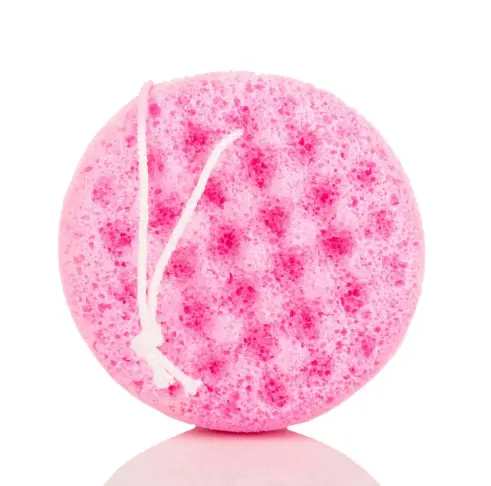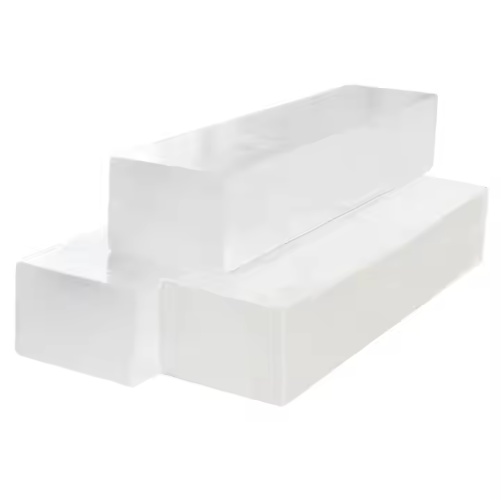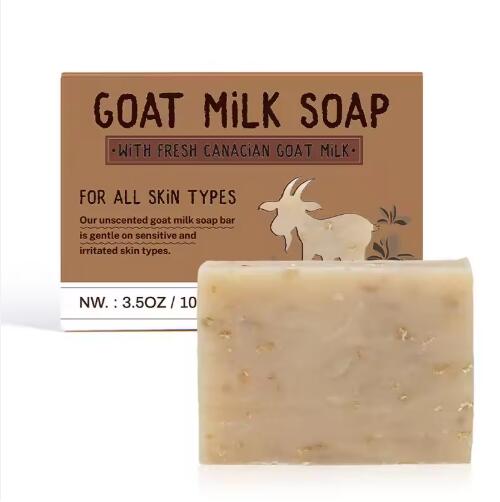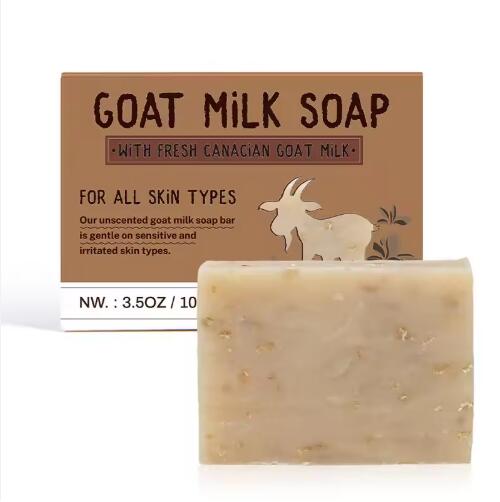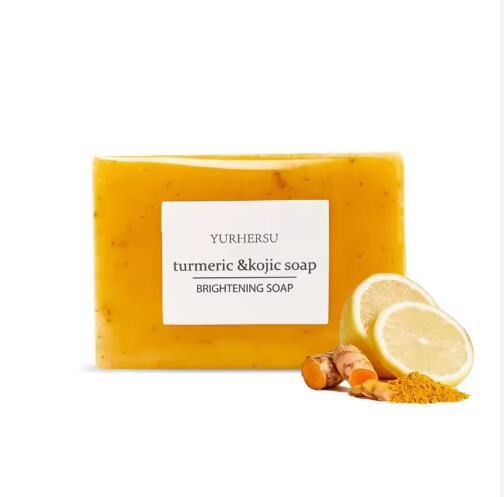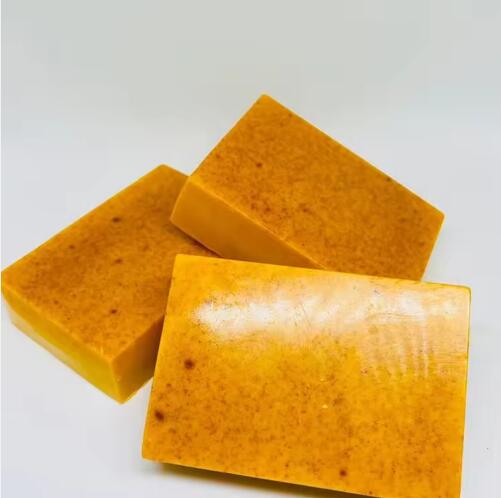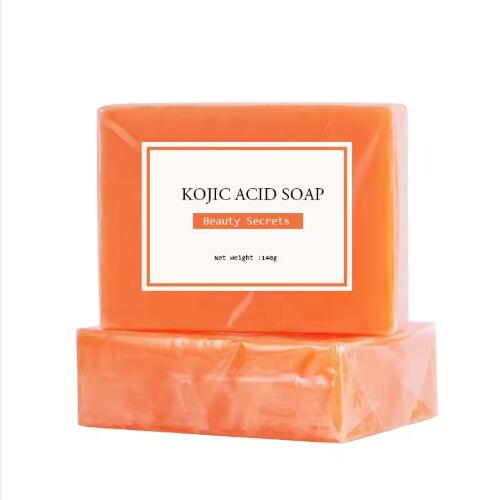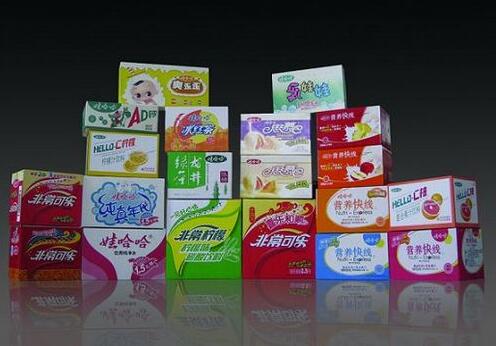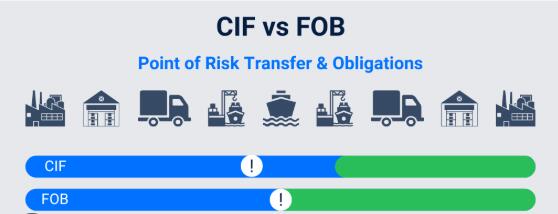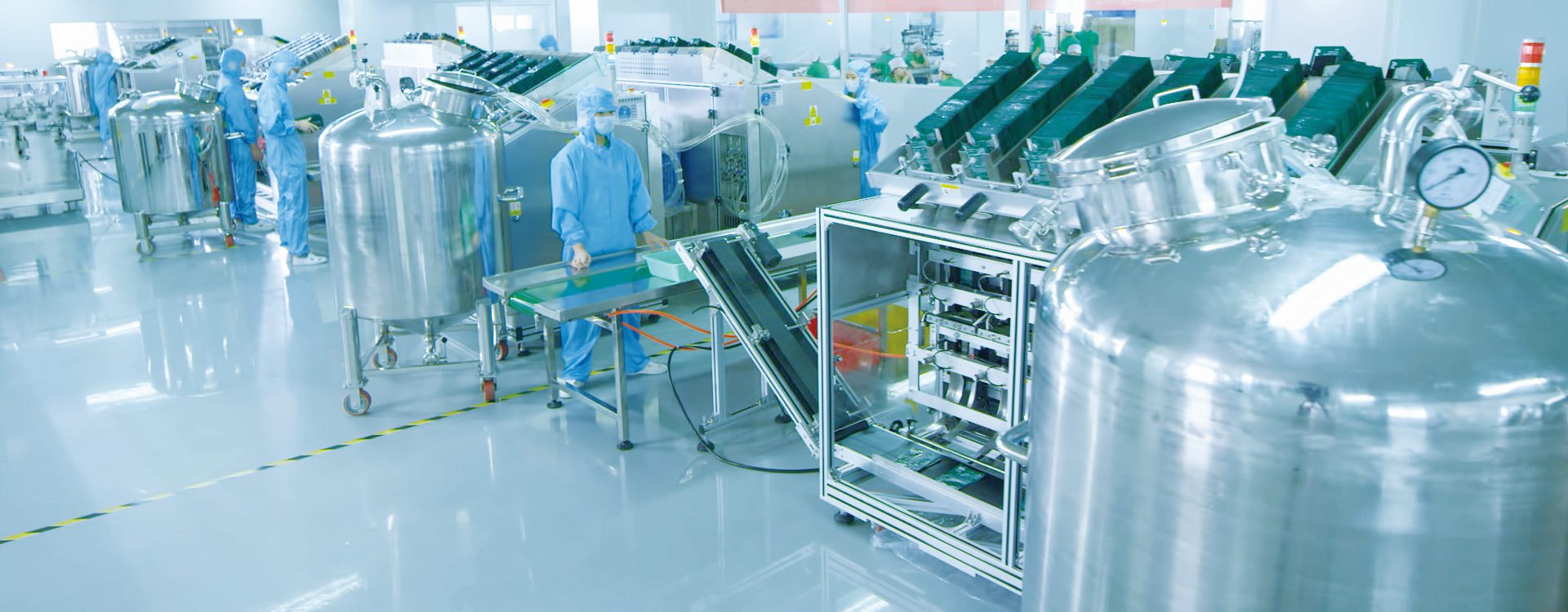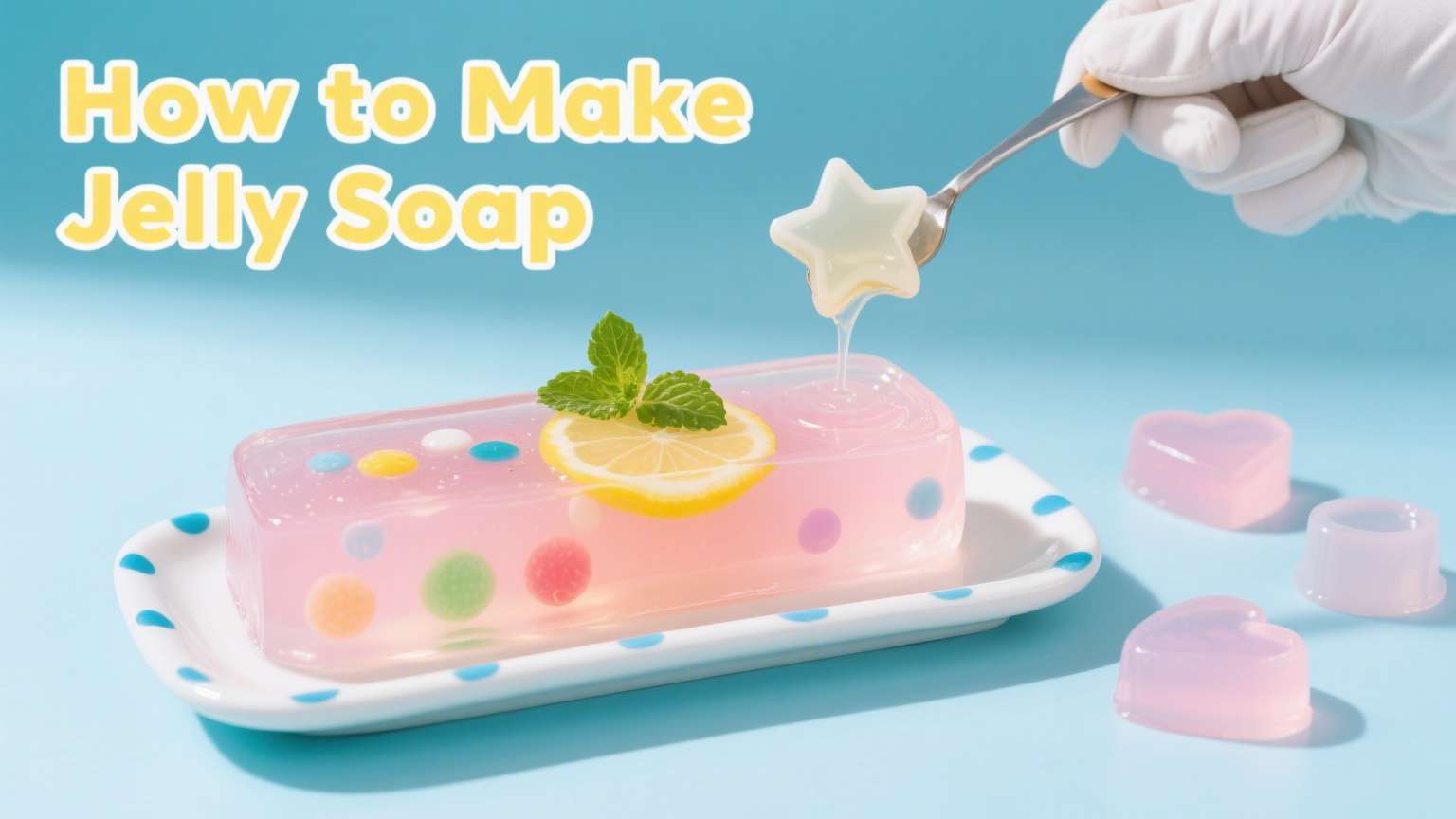How to make cold process soap step by step
What is Cold Process Soap?
Soap is basically a salt. To make soap, a fatty acid and a base are combined, glycerol is released and through heat and friction, the oil and the base are neutralized into a salt (soap). The glycerol is converted to glycerin. The sodium hydroxide (base) is completely neutralized and none remains in the final product. This process is called saponification.
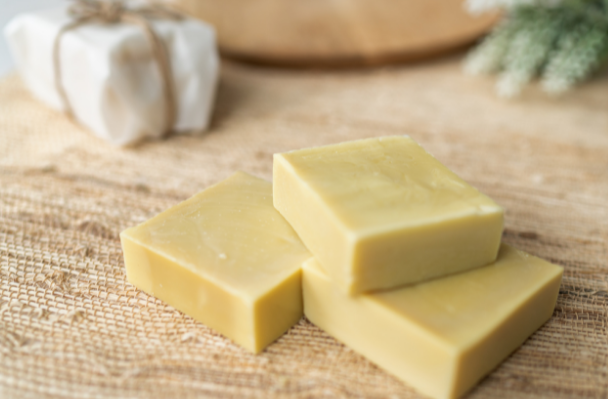
Benefits of the Cold Process:
-
Preservation of Beneficial Ingredients:
One of the primary advantages of the cold process is the preservation of beneficial oils and additives. Because heat isn't applied during the soap-making process, delicate oils and fragrances remain intact, ensuring that the final product retains its nourishing properties. Natural ingredients like shea butter, coconut oil, and essential oils can be incorporated at their optimal potency, offering moisturizing, soothing, and aromatic benefits to the skin. -
Customization:
The cold process allows for greater control over the soap's composition, making it highly customizable. Crafters can tailor recipes to suit specific skin types, preferences, and therapeutic needs. Whether it's creating a luxurious moisturizing bar for dry skin or a gentle Exfoliating Soap for sensitive skin, the cold process offers endless possibilities for formulation. -
Superior Texture and Lather:
Cold process soap tends to have a smoother, creamier texture compared to soaps made using the hot process method. The slow curing time allows for the formation of smaller soap crystals, resulting in a lather that feels luxurious and gentle on the skin. This creamy lather not only cleanses effectively but also leaves the skin feeling soft and refreshed. -
Environmental Sustainability:
From an environmental perspective, the cold process is advantageous. Because it doesn't require energy-intensive heating, it's considered a more sustainable method of soap making. Crafters can utilize natural, biodegradable ingredients and minimize their carbon footprint while producing high-quality, artisanal soaps.
How to make cold process soap step by step
Warning! This process involves handling lye which is a very toxic and dangerous substance. It can burn skin, damage eyes and release fumes that when mixed with water can burn and seriously damage your lungs and throat. We highly recommend that the first time you do this process, you do it in a supervised setting, such as our Cold Process Soap Making workshop.
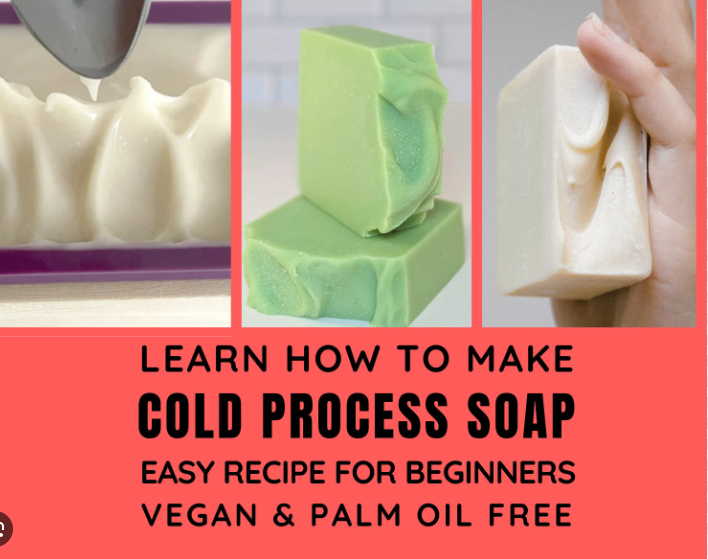
1. Mix the lye, leave to cool down
2. Melt the solid oils/butter
3. Add liquid oils to melted oils
4. When temperature of lye and oils is around 40°C, pour the lye into the oils and stir with your spatula
5. Once the liquid thickens, add botanicals and essential oils
6. Pour the soap mixture into mould
7. Insulate with towel/blanket
8. Leave it for 2 days
9. Demould and cut
10. Leave to cure for 4 weeks
11. Check the pH with pH strips – the pH should be between 7 and 10
12. Use your soap

